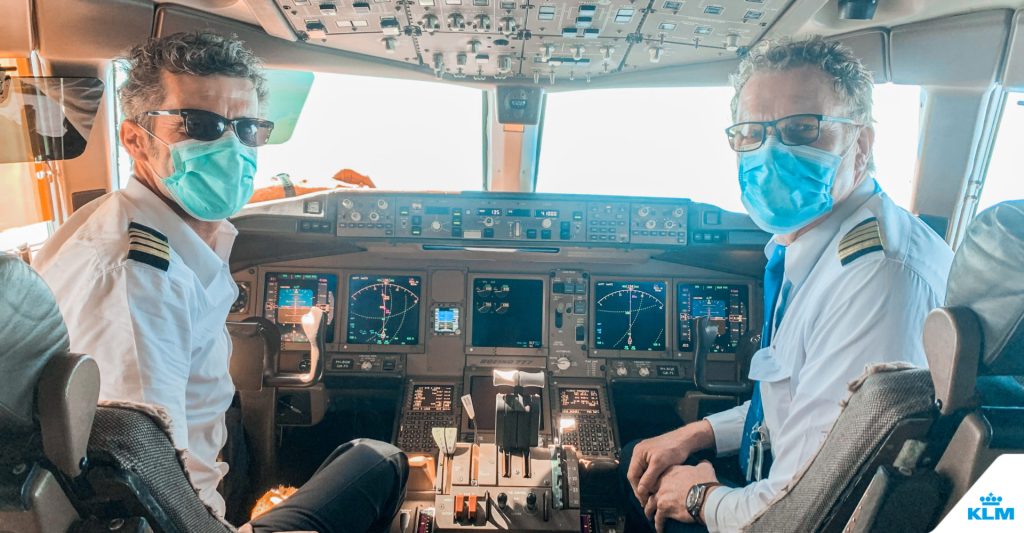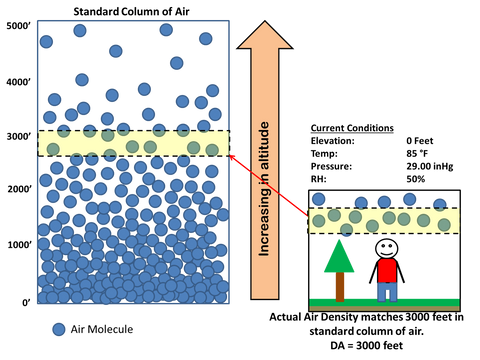How People Die: Asphyxia
Published (updated: ).
Asphyxia or asphyxiation is a condition of deficient supply of oxygen to the body which arises from abnormal breathing. Asphyxia causes generalized hypoxia, which affects primarily the tissues and organs. There are many circumstances that can induce asphyxia, all of which are characterized by the inability of a person to acquire sufficient oxygen through breathing for an extended period of time. Asphyxia can cause coma or death.
What if you could be asphyxiated from your own breath?
Although Carbon Dioxide (CO2) is a naturally-occurring gas expelled by all living creatures, it is nowadays synonymous with harmful pollution that causes damage to our planet and to our bodies. While normal levels of CO2 in the air are not of any immediate harm to us, carbon dioxide can quickly accumulate in confined spaces, particularly densely populated ones, and this is when it poses more significant health risks. At regular concentrations (around 0.05%), Carbon Dioxide is perfectly normal and healthy, but when airflow is limited and the same CO2 being exhaled is being inhaled again, it can cause a wide range of symptoms.
At high concentrations and even if there was enough oxygen in the air around the patient, the carbon dioxide would limit the amount of gas exchange between carbon dioxide and oxygen in the lungs. Since the gas exchange relies on the process of diffusion (movement of solutes across a semi-permeable membrane from an area of greater concentration to lower concentration), if the patient is in an area that has a higher concentration of carbon dioxide, gas exchange will be impaired.
Situations That Can Result in Asphyxiation
Situations that can cause asphyxia include but are not limited to: airway obstruction, the constriction or obstruction of airways, such as from asthma, laryngospasm, or simple blockage from the presence of foreign materials; from being in environments where oxygen is not readily accessible: such as underwater, in a low oxygen atmosphere, or in a vacuum; environments where sufficiently oxygenated air is present, but cannot be adequately breathed because of air contamination such as excessive smoke. Other causes of oxygen deficiency include but are not limited to:
- Acute respiratory distress syndrome
- Carbon monoxide inhalation, such as that from a car exhaust and the smoke’s emission from a lit cigarette: carbon monoxide has a higher affinity than oxygen to the hemoglobin in the blood’s red blood corpuscles, bonding with it tenaciously, and, in the process, displacing oxygen and preventing the blood from transporting oxygen around the body
- Contact with certain chemicals, including pulmonary agents (such as phosgene) and blood agents (such as hydrogen cyanide)
- Drowning
- Drug overdose
- Exposure to extreme low pressure or vacuum from spacesuit damage (see space exposure)
- Hanging, whether suspension or short drop hanging
- Self-induced hypocapnia by hyperventilation, as in shallow water or deep water blackout and the choking game
- Inert gas asphyxiation
- Congenital central hypoventilation syndrome, or primary alveolar hypoventilation, a disorder of the autonomic nervous system in which a patient must consciously breathe; although it is often said that persons with this disease will die if they fall asleep, this is not usually the case
- Respiratory diseases
- Sleep apnea
- A seizure which stops breathing activity
- Strangling
- Breaking the wind pipe
- Prolonged exposure to chlorine gas
Can I Get A Vector Victor?

When pilots are flying above 10,000 feet, the need to ensure cabin pressure or assess their oxygen levels is important. There is plenty of oxygen in the air at these high altitudes, but the air pressure is significantly lower than sea level. Additionally, the lack of air pressure at higher altitudes decreases the density of the air (makes it thinner). Why would aircraft fly at these altitudes? To take advantage of the thinner air and fly faster of course. Commercial aircraft are pressurized to ensure that the pilots, crew, and passengers are able to breathe at the air pressure they are accustomed to. Does the airplane carry oxygen? No, the airplane treats the fuselage (the body of the plane) like it’s a scuba or oxygen bottle.

What Keeps Blood In The Pulmonary Capillary Beds Anyway?
High altitude pulmonary edema (HAPE) is a noncardiogenic pulmonary edema which typically occurs in lowlanders who ascend rapidly to altitudes greater than 2500-3000 m. Early symptoms of HAPE include a nonproductive cough, dyspnea on exertion and reduced exercise performance. Later, dyspnea occurs at rest. Clinical features are cyanosis, tachycardia, tachypnea and elevated body temperature generally not exceeding 38.5°C. Rales are discrete initially and located over the middle lung fields. HAPE mainly occurs due to exaggerated hypoxic pulmonary vasoconstriction and elevated pulmonary artery pressure. It has been observed that HAPE is a high permeability type of edema occurring also due to leaks in the capillary wall (‘stress failure’). Slow descent is the most effective method for prevention; in addition, graded ascent and time for acclimatization, low sleeping altitudes, avoidance of alcohol and sleeping pills, and avoidance of exercise are the key to preventing HAPE. Treatment of HAPE consists of immediate improvement of oxygenation either by supplemental oxygen, hyperbaric treatment, or by rapid descent.

HAPE also tells the story of the pulmonary capillary beds. If it’s possible to get pulmonary edema from being exposed to high altitudes then what exactly is it that keeps blood in the pulmonary capillaries in the first place?
It must be air pressure that keeps the blood in the pulmonary capillary beds of the lungs.
